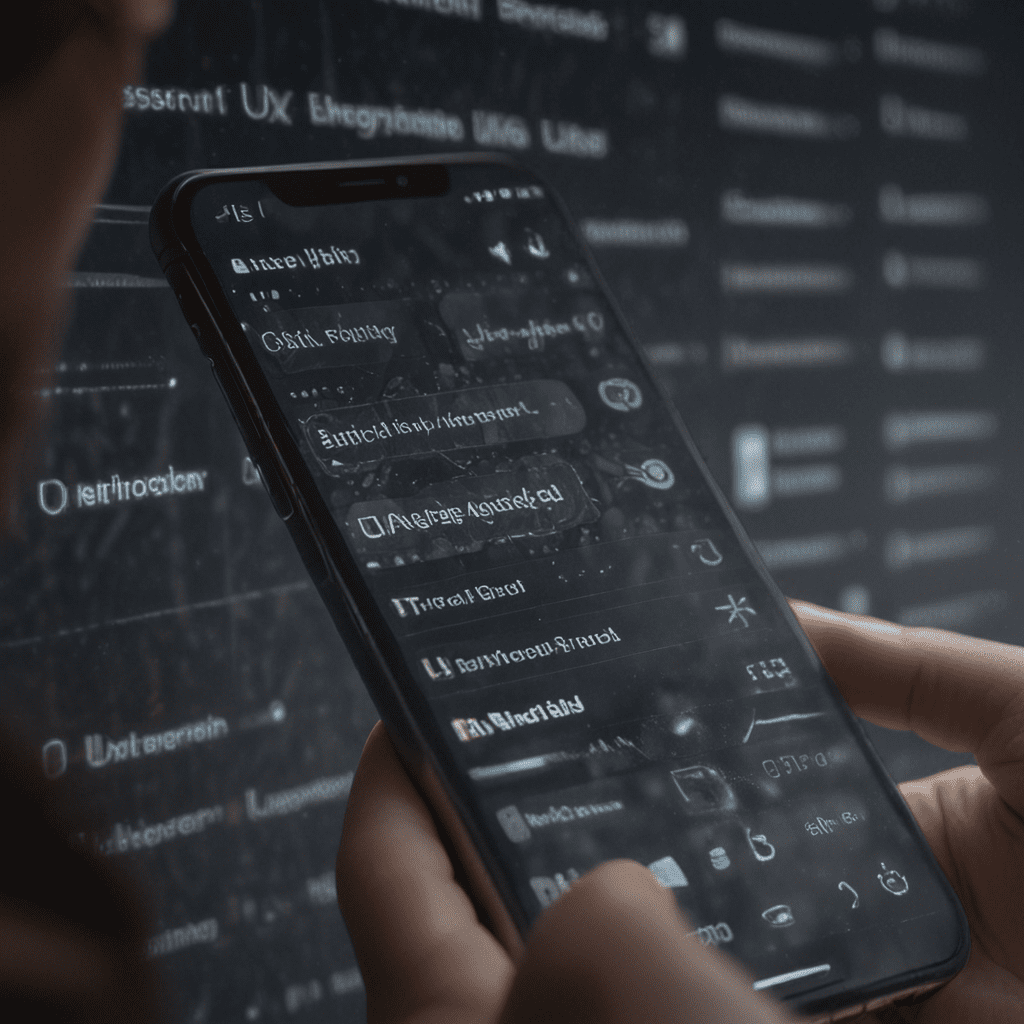
The Future of Voice User Interface (VUI) in UX Design
1. Introduction
Voice user interfaces (VUIs) have emerged as a revolutionary force in user experience (UX) design, transforming the way users interact with technology. Powered by advancements in artificial intelligence (AI) and natural language processing (NLP), VUIs empower users to engage with devices and services using voice commands, enhancing usability and creating more intuitive experiences.
2. The Current Landscape of VUI
The VUI landscape is rapidly evolving, with widespread adoption across various industries. Smart speakers, virtual assistants, and in-car systems are becoming ubiquitous, showcasing the versatility and potential of voice-based interactions. As VUI technology matures, it continues to integrate with other technologies such as computer vision and gesture recognition, further enhancing user capabilities.
3. The Benefits of VUI for UX
VUIs offer numerous benefits for UX design, making them a compelling choice for developers and users alike. They provide a more natural and intuitive way to interact with technology, reducing the need for complex graphical user interfaces (GUIs). VUIs also improve accessibility, enabling users with disabilities to interact with devices and services more easily. They enhance user efficiency, allowing tasks to be completed faster and with less effort.
4. The Challenges of Designing for VUI
Despite their advantages, designing for VUI presents unique challenges. One key challenge lies in the limitations of voice input. Unlike text-based interfaces, VUIs rely on spoken language, which can be ambiguous and prone to misinterpretation. Designers must carefully consider language models and voice recognition algorithms to mitigate these challenges. Additionally, the ephemeral nature of voice interactions makes it difficult to provide users with feedback and guidance.
5. Emerging Trends in VUI
The VUI domain is constantly evolving, with new trends and advancements emerging. One notable trend is the increasing use of conversational AI. Conversational AI enables VUIs to engage in more natural and human-like conversations, improving the user experience and making interactions feel more personal. Another trend is the adoption of multimodal interfaces.
6. Conversational AI and Natural Language Processing
Conversational AI is transforming the VUI landscape, allowing users to engage with devices and services in a more natural and human-like way. By leveraging NLP, VUIs can understand and respond to complex queries, carry out multi-turn conversations, and even express empathy. This conversational approach enhances the user experience, making interactions more intuitive and enjoyable.
7. The Role of Context and Personalization
Context and personalization play a crucial role in enhancing VUI experiences. By understanding the user's current situation and preferences, VUIs can provide highly relevant and personalized responses. This requires advanced machine learning algorithms that can analyze user data, such as location, time of day, and previous interactions, to tailor the experience to each individual.
8. Best Practices for VUI Design
To create effective and engaging VUIs, designers should adhere to several best practices. These include:
- Focus on clarity: Use clear and concise language that is easily understandable.
- Minimize ambiguity: Design interactions to minimize the potential for misinterpretation.
- Provide feedback: Offer users auditory or visual cues to confirm their actions and provide guidance.
- Test and iterate: Conduct thorough testing with users to identify and address any issues, and continuously seek feedback to improve the experience.
9. The Future of VUI in UX
The future of VUI in UX design is bright, with ongoing advancements and emerging trends shaping the field. As conversational AI capabilities improve and machine learning algorithms become more sophisticated, VUIs will become even more intelligent and personalized. They will seamlessly integrate into our lives, providing a more natural and intuitive way to interact with the digital world.
10. Conclusion
VUIs are revolutionizing UX design, offering a myriad of benefits and unlocking new possibilities. By embracing emerging trends, adhering to best practices, and focusing on user-centered design, we can create VUIs that enhance user experiences, improve accessibility, and drive innovation. As VUI technology continues to evolve, we can expect even more transformative and intuitive interactions in the future.
FAQ:
What are the benefits of using VUIs in UX design?
VUIs offer numerous benefits, including improved usability, increased accessibility, enhanced user efficiency, and a more natural and intuitive interaction experience.
What are the challenges of designing for VUI?
Challenges in VUI design include managing the limitations of voice input, addressing the ephemeral nature of voice interactions, and ensuring accessibility for users with disabilities.
What are the emerging trends in VUI?
Emerging trends in VUI include the increasing use of conversational AI, adoption of multimodal interfaces, and integration of machine learning for personalization and context-aware interactions.
What are the best practices for VUI design?
Best practices for VUI design include focusing on clarity, minimizing ambiguity, providing feedback, and conducting thorough testing and iteration.

